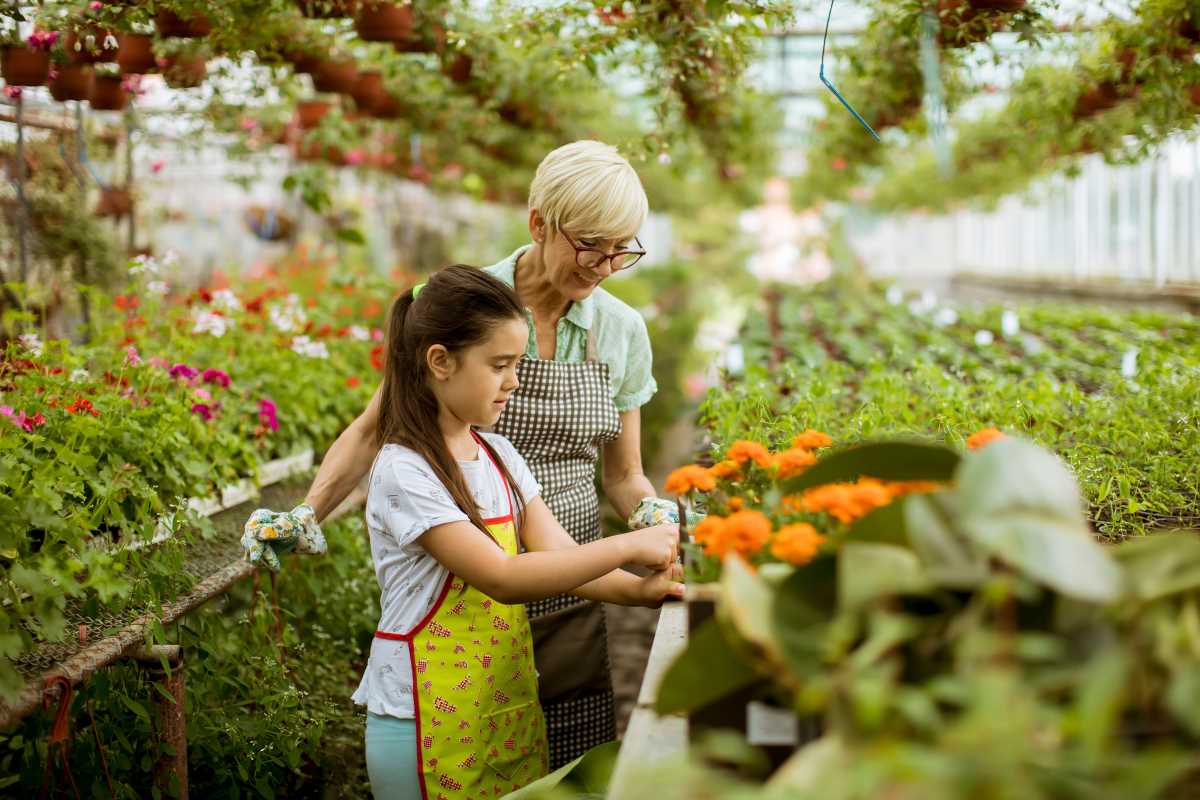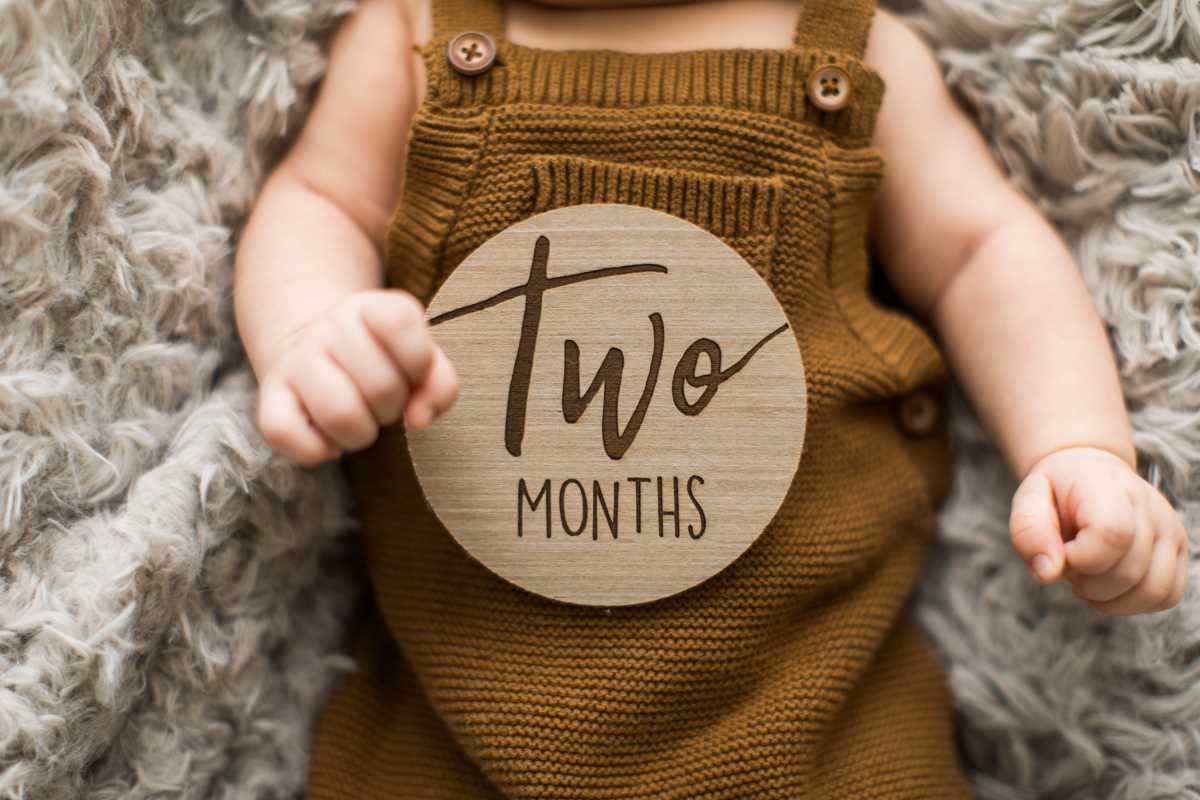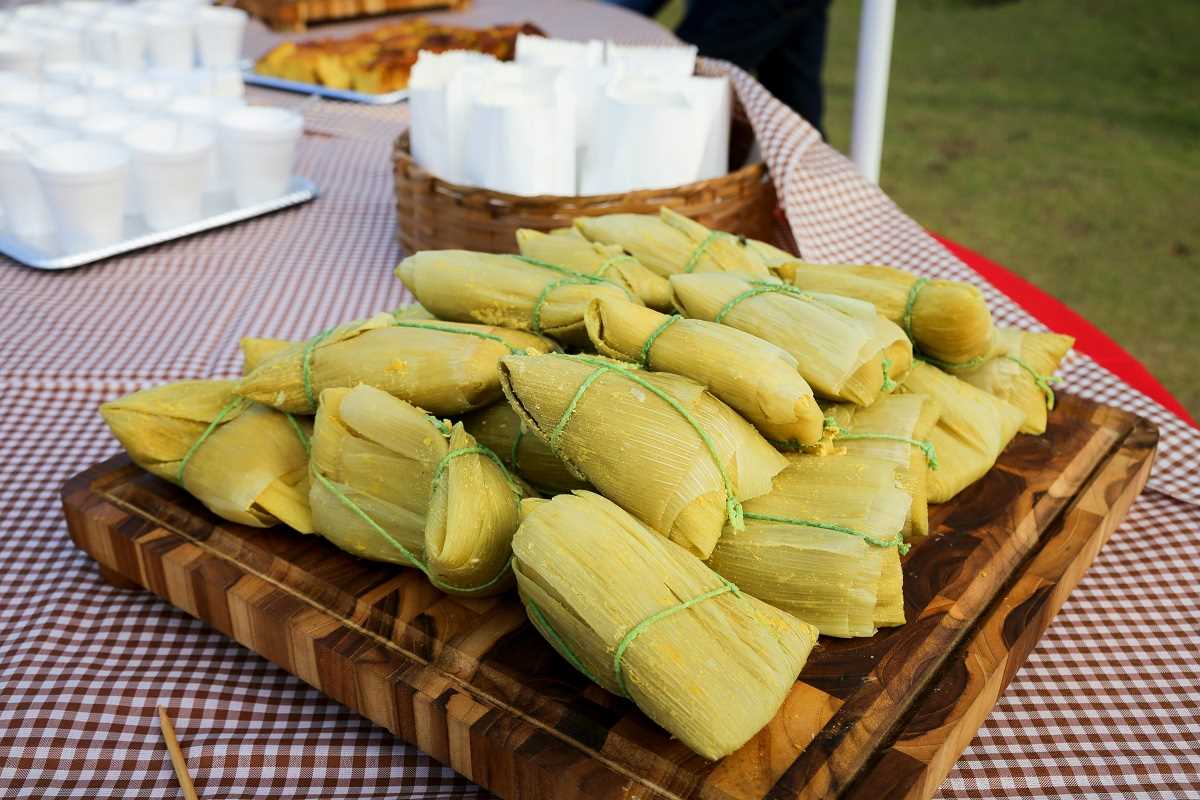Gardening is more than just a way to make your backyard look beautiful. It’s a chance to reconnect with nature, get your hands dirty, and create lasting memories with the people you care about most. Whether you’re introducing your kids to the joys of planting seeds or finding a new hobby to share with friends, gardening is a simple yet rewarding activity that anyone can enjoy.
With so many projects to choose from, it can be hard to know where to start. Luckily, you don’t need to be a green thumb to try your hand at gardening. There are plenty of fun, easy, and creative ways to dig into this hobby, and the best part? These projects are perfect for kids and adults alike. You can customize them for different skill levels, making them a win for solo gardeners or as a group activity.
Below, you’ll find five simple gardening projects that are both enjoyable and educational. From growing your own food to crafting decorative touches for your garden, these ideas are sure to inspire smiles and some quality time outdoors.
1. Grow a Mini Herb Garden
Herb gardens are a fantastic way to dip your toes into gardening, and they’re incredibly versatile. You can plant them in small pots, recycled containers, or a corner of your backyard. The best part? You get fresh ingredients for cooking while learning about different plants.
What You Need
- Small pots, jars, or a dedicated planter box
- Herbs like basil, mint, parsley, or thyme
- Potting soil
Start by choosing the herbs you want to grow. For beginners, basil and mint are great options since they grow quickly and don’t require much care. Fill your containers with good-quality potting soil, plant the seeds (or starter plants), and give them a good drink of water. Place them on a sunny windowsill or in a spot that gets at least six hours of sunlight per day.
Herb gardens are an excellent project for kids because they can care for their plants daily and watch them grow. Plus, they’ll love snipping leaves to add to meals. Adults will enjoy the convenience of having fresh herbs right at home for cooking and garnishing.
2. DIY Fairy Garden
Bring a touch of magic to your gardening routine with a fairy garden. These miniature gardens are all about creativity, giving kids and adults a chance to design a tiny world of their own.
What You Need
- A shallow container, such as a large pot or tray
- Small plants like succulents, moss, or baby’s tears
- Miniature decorations like fairy houses, pebbles, and tiny furniture (available online or at craft stores)
Start by arranging your small plants in the container, leaving room for decorations. Create pathways with pebbles or small stones, and add fun touches like fairy figurines or toy animals. For an extra DIY element, encourage kids to make their decorations using items like popsicle sticks, bottle caps, or shells.
A fairy garden doesn’t just make for an adorable display; it’s also a project you can continue to expand over time. Adults and kids alike can take pride in creating a whimsical space that sparks joy and imagination.
3. Create a Pollinator-Friendly Garden
Pollinators, like bees and butterflies, are essential to our ecosystem, and you can help them thrive by planting a pollinator-friendly garden. Not only is this a wonderful way to teach kids about nature, but it’s also a calming project for adults who want to attract more life to their backyard.
What You Need
- A variety of flowering plants, like lavender, sunflowers, coneflowers, and zinnias
- An assortment of native plants (check with your local garden center for suggestions)
- A shallow dish filled with water for butterflies
Choose a sunny spot in your yard or dedicate a small planter to your pollinator garden. Focus on plants that bloom at different times of the year so there’s always something attracting bees and butterflies. Arrange flowers in clusters to make it easier for pollinators to find them.
Once the flowers start blooming, you’ll be amazed at the activity your garden attracts. Watching the bees buzz and the butterflies flutter around is a joyful experience for kids and adults alike. This project also offers a great conversation starter about the importance of pollinators and how we can protect them.
4. Build a Veggie Patch Together
If you’ve got some free space in your yard, why not turn it into a vegetable patch? Growing your own veggies is not only a rewarding experience but also a practical way to save money on groceries. It’s an activity that kids will find especially exciting because they get to see the “fruits” (or in this case, veggies) of their labor.
What You Need
- Seeds or seedlings for vegetables like tomatoes, carrots, radishes, or lettuce
- Garden tools such as a trowel, gloves, and a watering can
- Compost or fertilizer to enrich the soil
Start by choosing a sunny spot where your vegetables will thrive. Prepare the soil by loosening it and mixing in compost or fertilizer. Then, plant your seeds or seedlings according to the instructions on the packaging. Make sure to water them regularly and protect the patch from pests with netting if needed.
This project is a fantastic way to teach kids patience, as they’ll have to wait weeks or even months to harvest their vegetables. Adults will appreciate the chance to grow their own food, and there’s no greater satisfaction than picking a tomato from your garden and adding it to your salad.
5. Upcycle Old Items into Planters
Gardening projects don’t always have to start with plants. Sometimes, the containers you use can be just as creative as the greenery itself! Upcycling old items into planters is a fun way to get crafty while reducing waste.
What You Need
- Old items like tin cans, teapots, worn-out shoes, or mason jars
- Paints, markers, or stickers for decorating
- Potting soil and small plants
Take an old item you no longer use and give it a new life as a planter. Decorate it with paint, stickers, or stencils to personalize it, then add some soil and pop in a small plant. Herbs, succulents, and flowers all work well for this project.
This is a great activity to get the entire family involved. Kids will love coming up with unique planter designs, and adults will appreciate the chance to repurpose items in an eco-friendly way. Once complete, you can place your DIY planters around your home or yard for a pop of personality.
 (Image via
(Image via





